Ramp up Your Recruitment With Intelligent Job Descriptions
Recruiting great talent is becoming tougher as top performers get their pick of open positions. But with some creative changes to upcoming job descriptions, human resources and recruitment leaders can attract awesome candidates faster, writes Krister Ungerbock, CEO, The Language of Leadership. This article originally published in HR Technologist. To read the full article, visit HR Technologist.
The battle for talent has reached unprecedented levels among companies struggling to hire star candidates. Sure, there are incredible people out there, but the vast number of open positions means they get to be picky about the jobs they accept.
According to CareerBuilder, 58% of hiring managers report needing to keep job postings open for a frustrating 12 or more weeks. And 45% say they can’t find adequate recruits despite leveraging technology and digital platforms like LinkedIn, Glassdoor, and Indeed.
On the upside, 40% of workers admitted to CareerBuilder that they expected to switch jobs. But to capture some of those new workers, human resources professionals must challenge themselves to think differently when it comes to their job postings.
Updating Your Recruitment Strategy With New Job Descriptions
If you’re in charge of creating and spreading a job post for your organization, you need to take a new approach. Instead of thinking like a recruitment pro, try thinking like a marketer. Start with these strategic changes:
1. Write marketing copy, not standard recruitment lingo.
Most job postings contain stale wording that doesn’t turn heads. Instead of writing for yourself, write for candidates skimming job openings. In general, that population of candidates won’t be moved by dull headlines. Wow, them with job titles that captivate their interest. A/B test a more traditional headline with one that uses all-caps and unconventional symbols to see which attracts the most applicants.
Add keywords such as geographic locations or other terms to ensure titles are discoverable. You might also want to reconsider the adjectives and language you use in titles. “Front Lobby Greeter” doesn’t have much of a ring, does it? ”Director of First Impressions and Contracts at Award-Winning Real Estate Firm” is a lot punchier. Your titles must be accurate, of course, but they don’t need to be boring.
2. Keep your job descriptions straightforward and SEO-friendly.
Are your job descriptions long and dry? LinkedIn reveals that short and sweet seems to be the name of the game. In their investigation, job posts of 300 words or fewer got 8.4% more hits than the average, and ads between 301 and 600 words saw 3.4% less interest from seekers. What does that mean for you? It means you need to creatively boil down your postings to their basic elements.
Challenge yourself to say in 50 words what you might have said in 200. Each sentence should naturally whet the reader’s appetite so that he stays engaged until the call to action. If you can’t seem to whittle your wording, consider adding a link to longer copy on your website’s recruitment page. That way, you can have a more fully fleshed-out job description online without cluttering up your general ad.
3. Cut out the abbreviations.
Sure, everybody knows that HR means human resources, an RN is a registered nurse, and a COO is a chief operating officer. But spelling out abbreviations ensures you don’t miss searchers who don’t use acronyms and nets you a little extra keyword love to boot.
While you’re at it, skip the workplace jargon. We all get comfortable using certain phrases after a few weeks on the job, but your ideal candidate might have no idea what you mean — especially if you work in technology or another jargon-heavy industry. Write like a straight shooter and talk to your audience like they’re real people who might be interested in a professional move.
4. Ask for help from your noncommittal job seekers.
Some people like to peruse Indeed, Glassdoor, and LinkedIn out of curiosity. Maybe they’re checking out the competition or just want to see what a similar job pays in another industry. Perhaps they’re just bored for the moment or had a fight with the big boss. Regardless, they may never apply to your posting.
Even so, you shouldn’t ignore those passing eyes. Include a line in your job description like, “Job not a fit for you? Help us find our next administrative superhero!” that suggests passersby should send your information to their qualified connections. To further encourage referrals, you can even offer bonuses if your current employees refer people you eventually onboard.
5. Get loyal employees in a meeting with human resources first.
When you’re sifting through incoming résumés, put the candidates who have worked at the same company for at least five years at the top of your pile. Great companies don’t let their people go without a fight, so these candidates’ performances have likely stood the test of time. They’re clearly loyal — and they might be willing to transfer some of that loyalty to your organization with the right motivation.
Remember that some online job board technology allows you to actively source applicants who submitted their information but aren’t aggressively looking for work. Again, try to uncover people who have exhibited longevity and received promotions every few years. When these types of candidates do apply, get back to them ASAP.
It’s time to reimagine the face you present to all those superstars who might want to make your office their new home away from home. Updating your open job descriptions and the titles that accompany them can take time, but setting aside the hours is a must if you want to draw in applicants faster. Shortening your recruitment and hiring cycle by just a few percentage points will enable you to ramp up your operations and reach new levels of companywide success.


